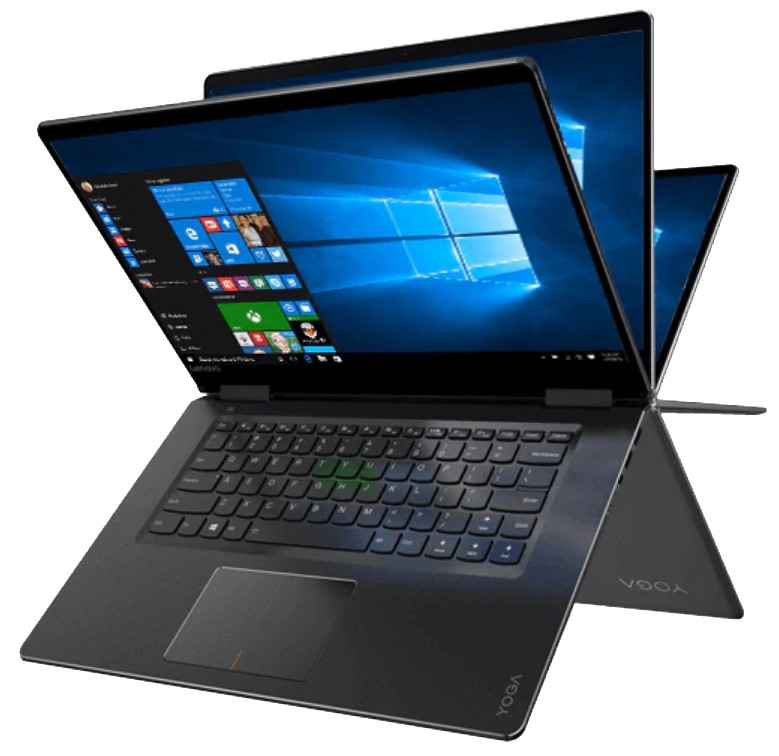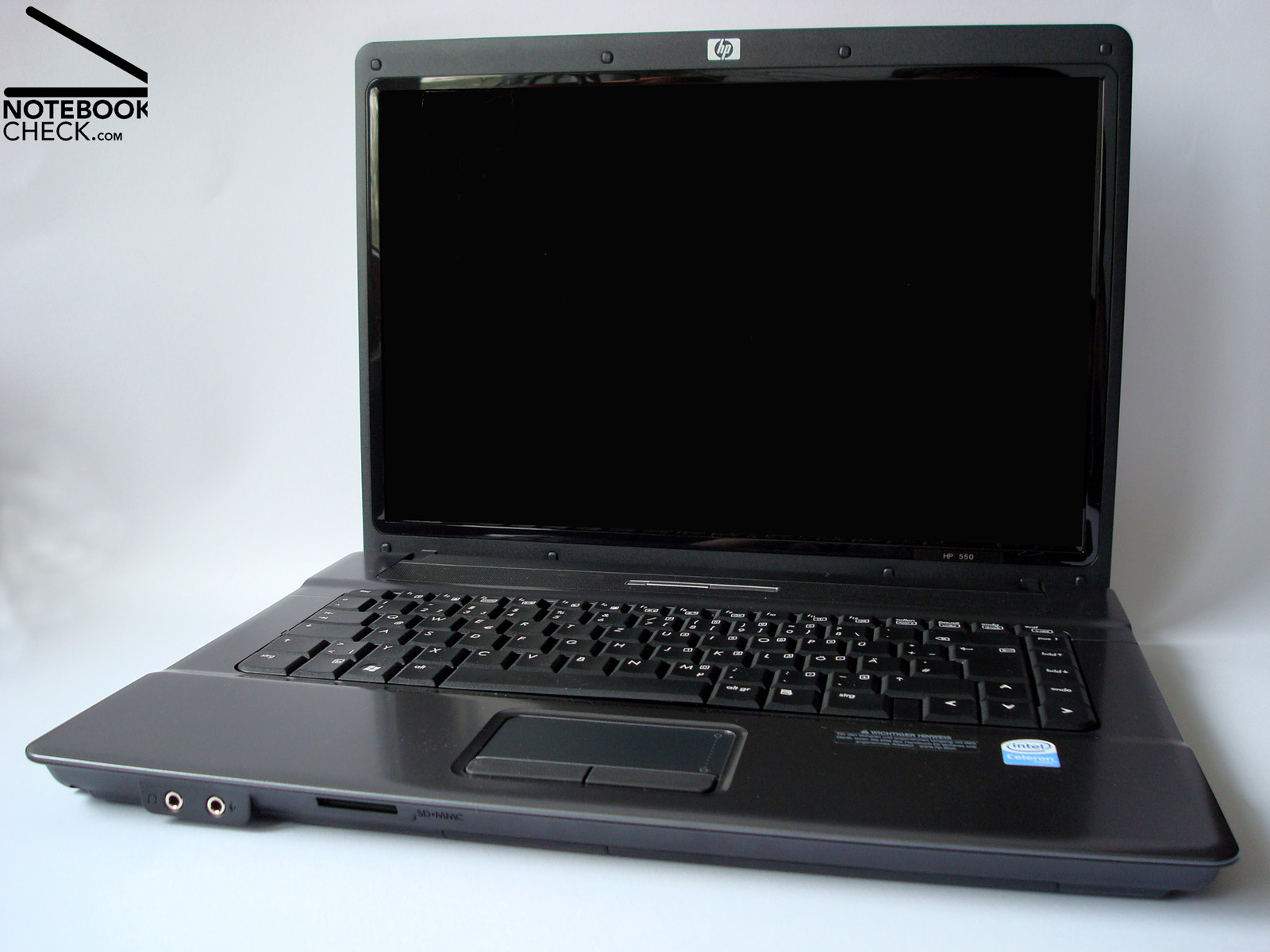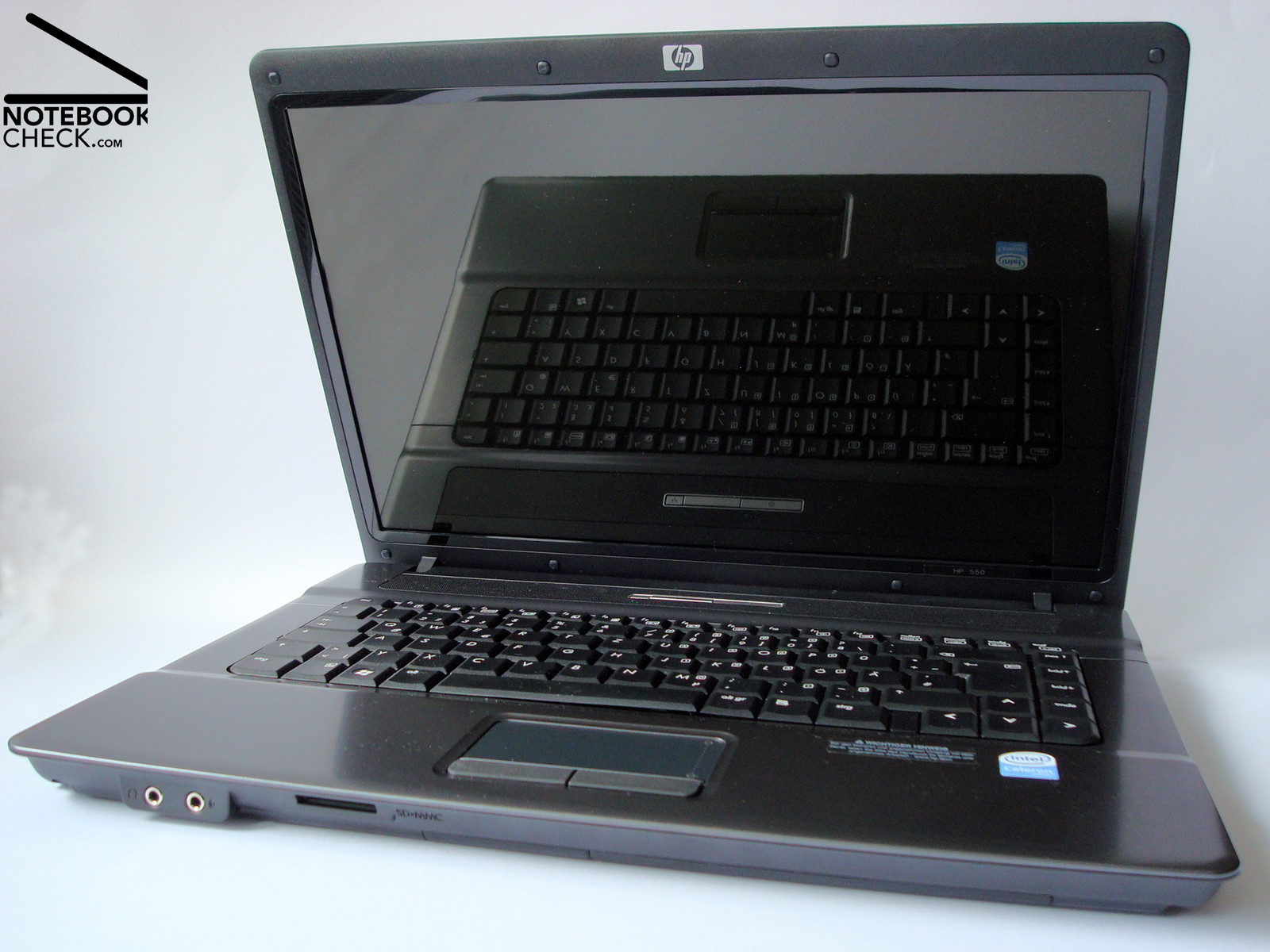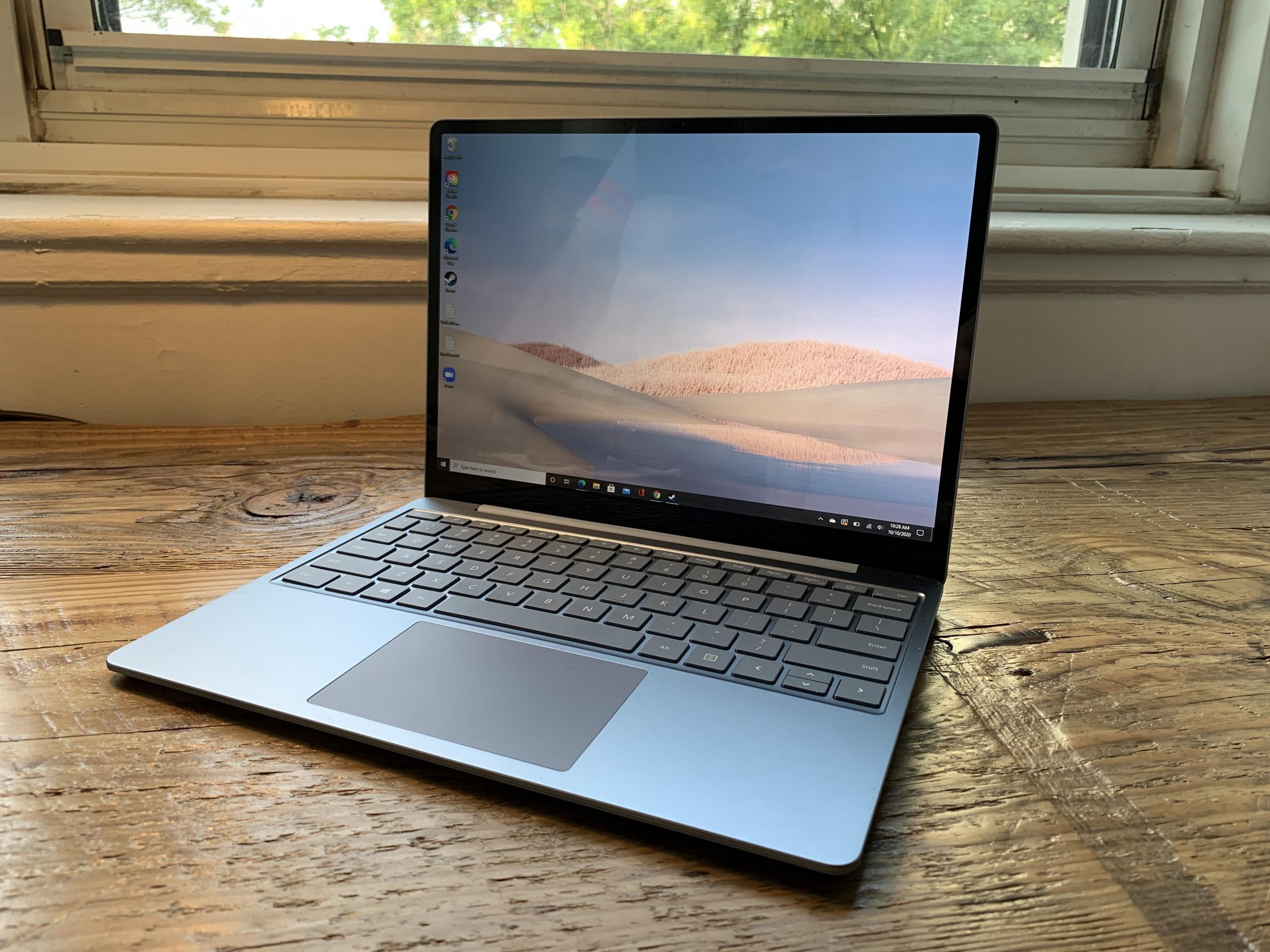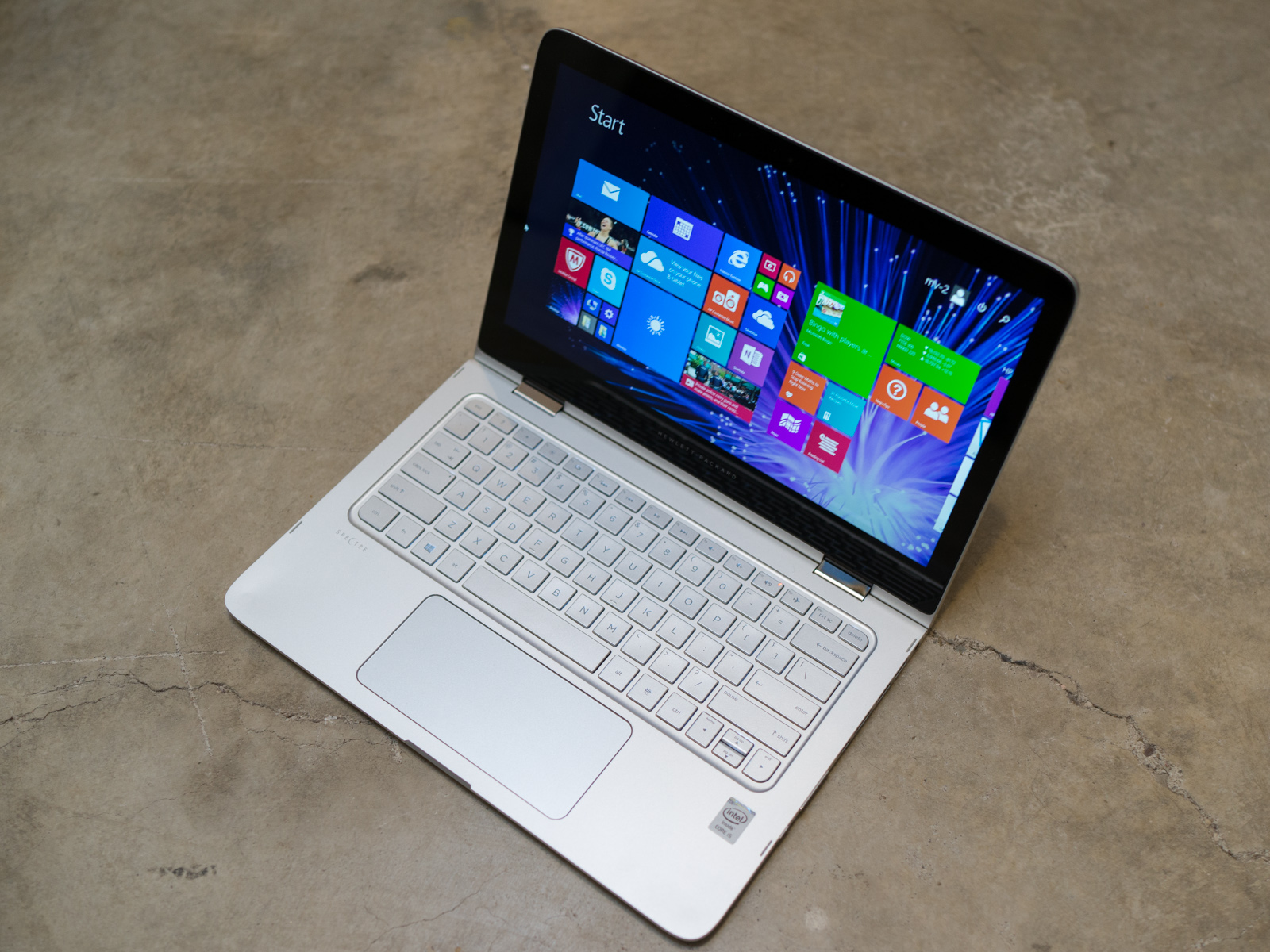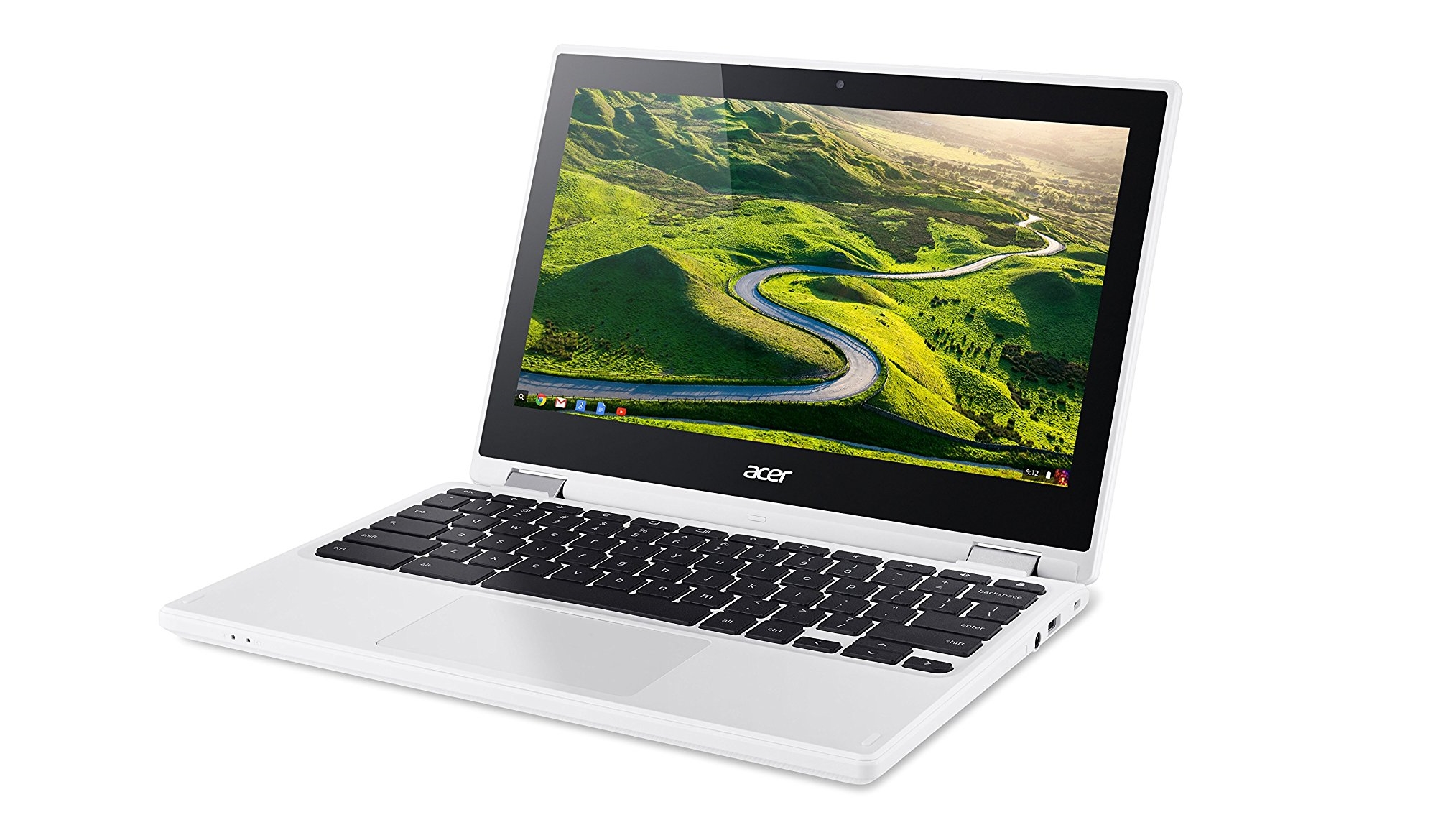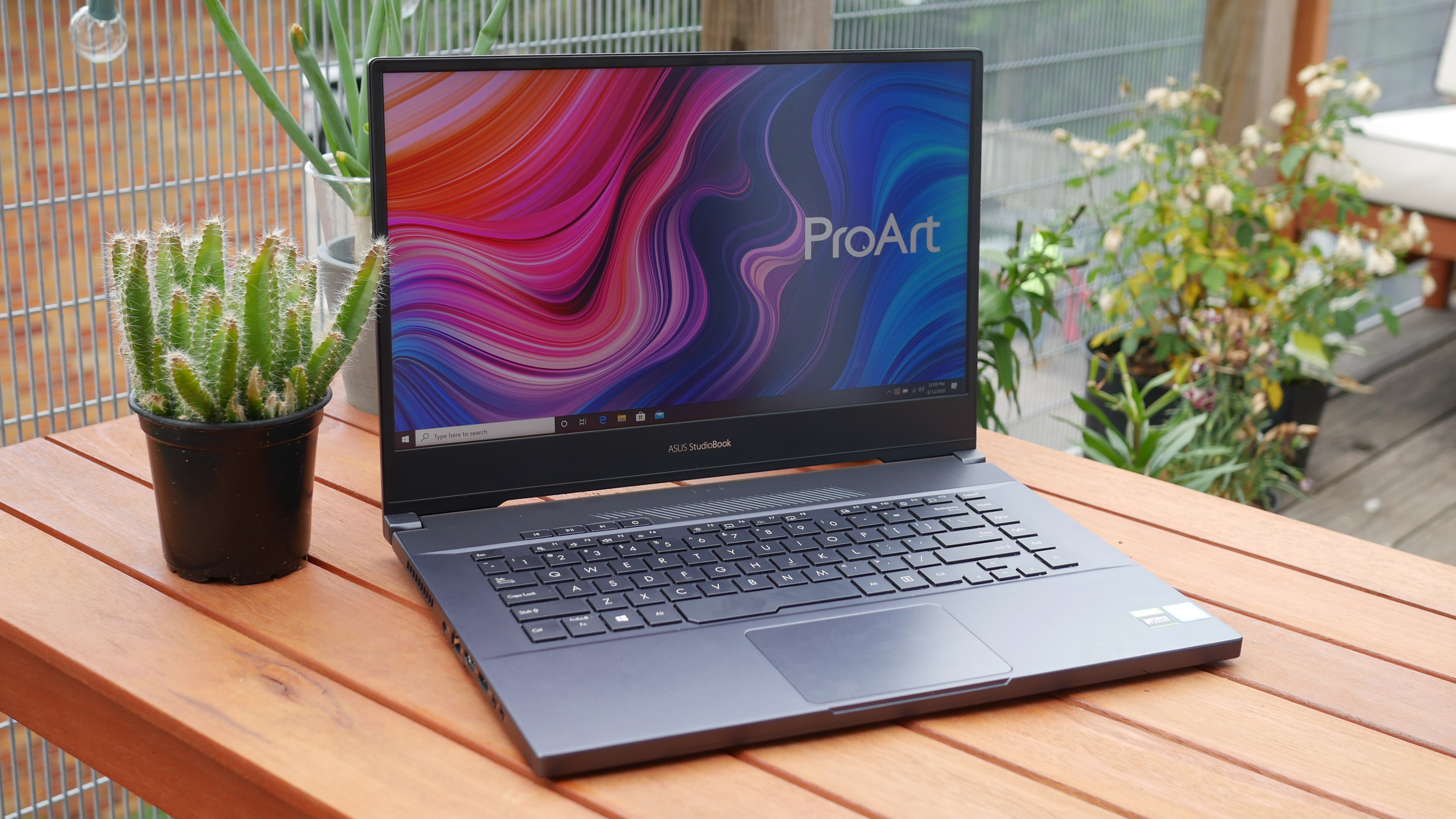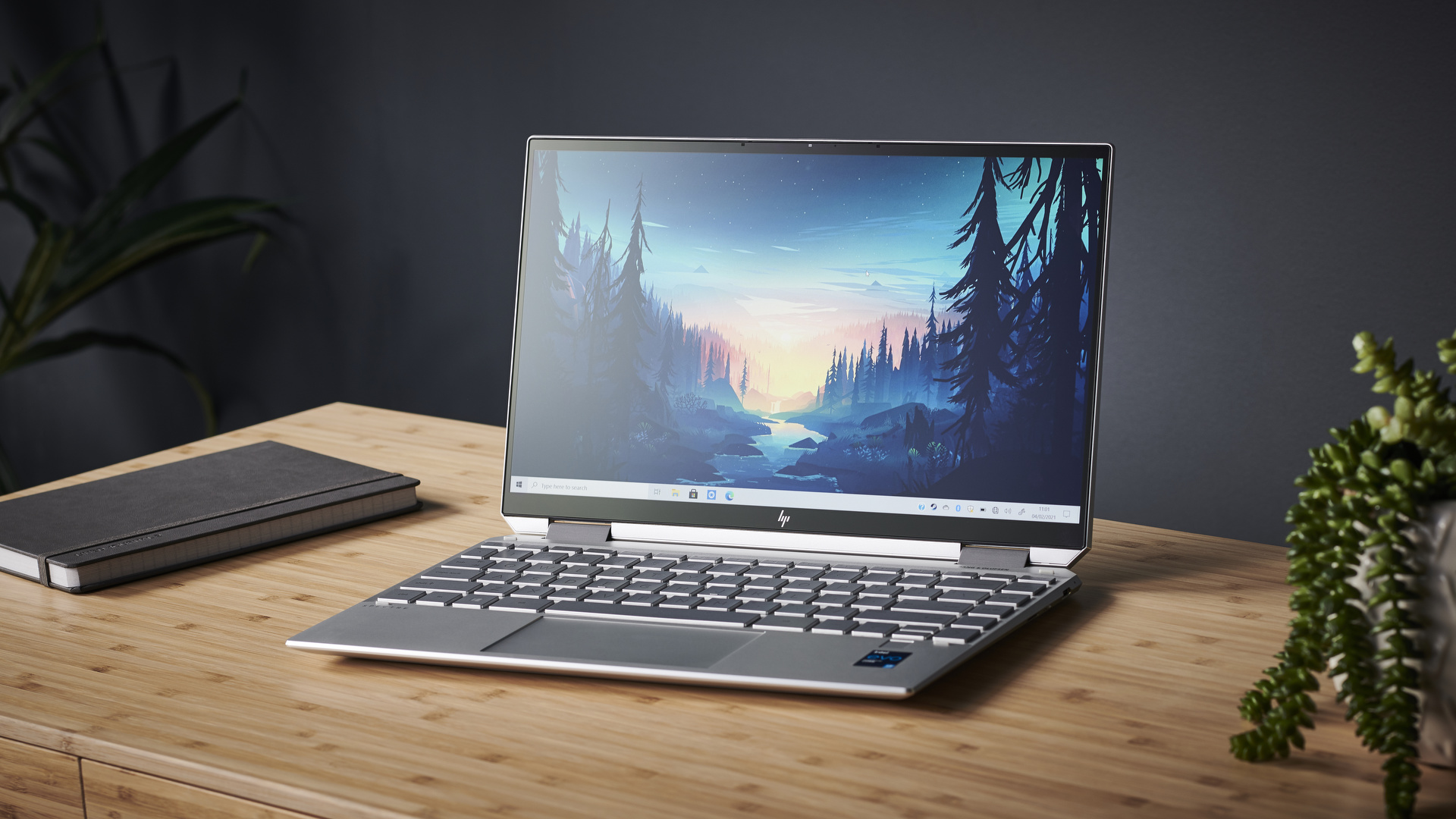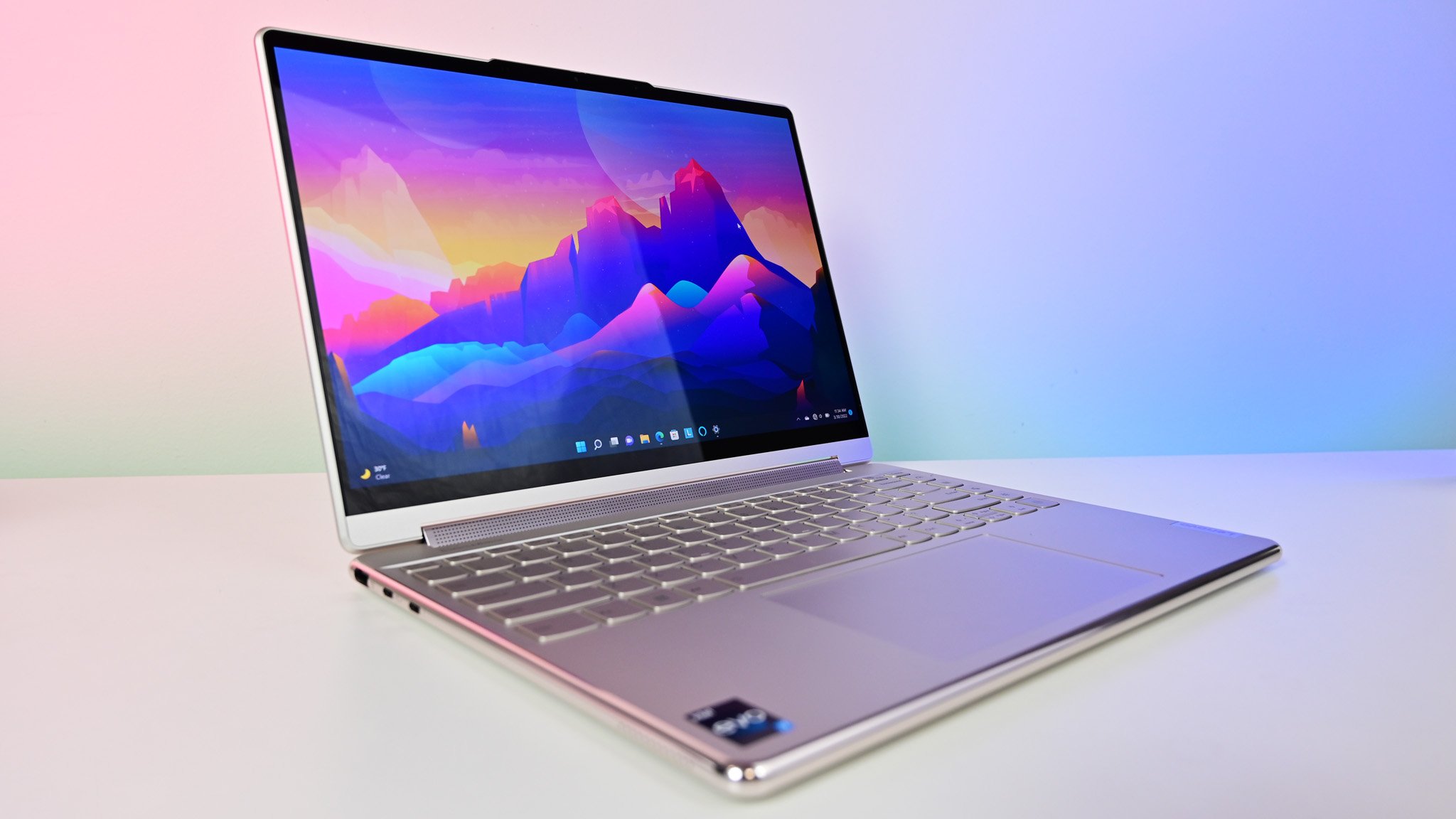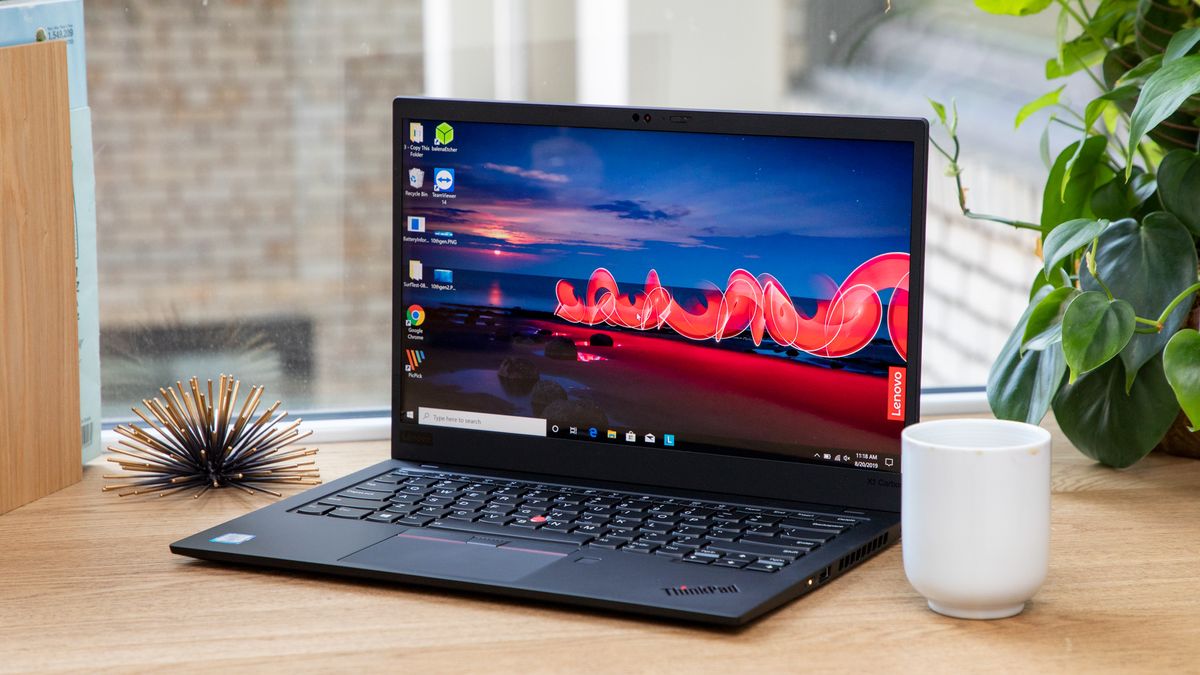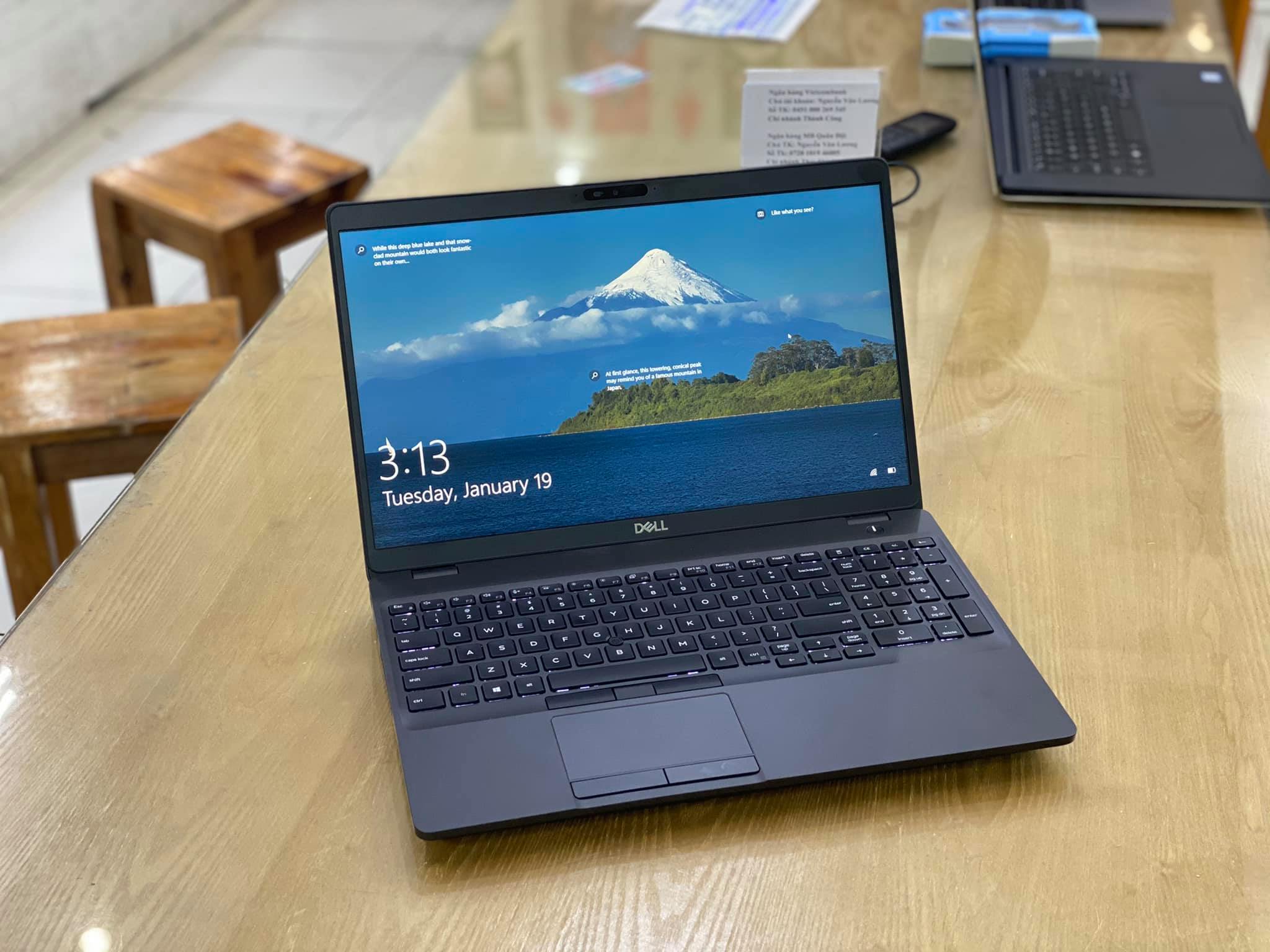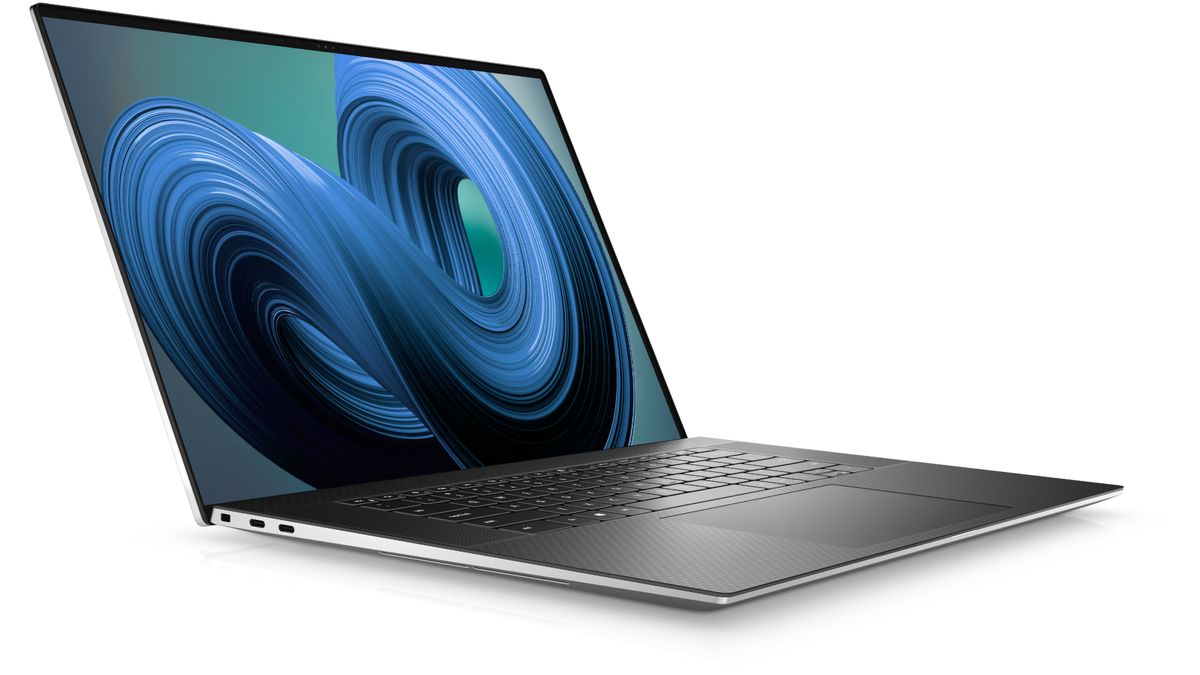Best Laptop For 550 Dollars
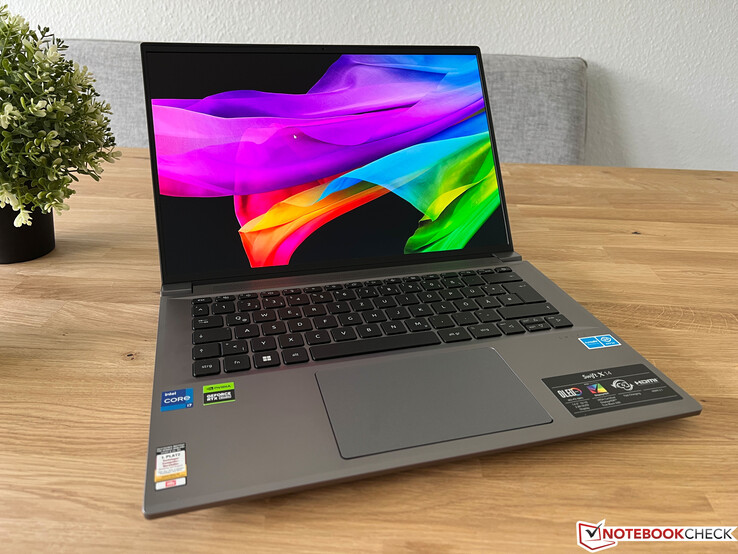
Finding the perfect laptop can feel like navigating a minefield, especially when you're on a budget. This guide is designed specifically for first-time laptop buyers looking to spend around $550, cutting through the jargon and delivering straightforward advice.
Why does choosing the right laptop matter? A good laptop isn't just a device; it's your gateway to productivity, entertainment, and connection. Making the right choice within your budget ensures you get the most value and avoid buyer's remorse.
Top 5 Laptops Under $550: A Head-to-Head Comparison
Here's a quick look at some of the top contenders in the $550 price range.
| Model | Price (USD) | Processor | RAM | Storage | Screen Size | Warranty |
|---|---|---|---|---|---|---|
| Lenovo IdeaPad 3 | $530 | AMD Ryzen 5 | 8GB | 256GB SSD | 14" | 1 Year |
| HP 15-dy2000 | $540 | Intel Core i3 | 8GB | 256GB SSD | 15.6" | 1 Year |
| Acer Aspire 5 | $500 | AMD Ryzen 3 | 8GB | 256GB SSD | 15.6" | 1 Year |
| ASUS Vivobook 15 | $520 | Intel Core i3 | 8GB | 256GB SSD | 15.6" | 1 Year |
| Dell Inspiron 15 3000 | $550 | Intel Celeron | 8GB | 256GB SSD | 15.6" | 1 Year |
Detailed Reviews
Lenovo IdeaPad 3
The Lenovo IdeaPad 3 offers a strong balance of performance and affordability. Its AMD Ryzen 5 processor is a standout feature in this price bracket. It makes it a great choice for everyday tasks and even some light content creation.
The 14-inch screen is a good size for portability. It provides enough screen real estate for comfortable work.
HP 15-dy2000
The HP 15-dy2000 is a solid all-arounder. It sports a larger 15.6-inch screen.
The Intel Core i3 processor provides adequate performance for typical user needs, like browsing the web or writing documents. The ample storage and RAM are certainly a plus.
Acer Aspire 5
The Acer Aspire 5 is often praised for its value. You get a decent configuration for a lower price.
The AMD Ryzen 3 processor is sufficient for basic computing tasks. The laptop comes with a comfortable keyboard, perfect for students and professionals.
ASUS Vivobook 15
The ASUS Vivobook 15 stands out with its sleek design. It also has a decent configuration.
The Intel Core i3 processor ensures smooth multitasking. The laptop features a lightweight design for easy portability.
Dell Inspiron 15 3000
The Dell Inspiron 15 3000 is a reliable and budget-friendly option. It is a good choice for simple tasks.
Though it uses an Intel Celeron processor, the 8GB of RAM helps to keep the system running smoothly. It's best suited for users who need a laptop for basic tasks like word processing or web browsing.
Used vs. New: Weighing the Options
Should you buy a new or used laptop? Both have their advantages and disadvantages.
New Laptops:
- Pros: Full warranty, latest technology, pristine condition.
- Cons: Higher price, potentially more features than you need.
Used Laptops:
- Pros: Significant cost savings, possibility of getting higher specs for less.
- Cons: No warranty or limited warranty, potential cosmetic damage, risk of hidden issues.
If you choose a used laptop, ensure you thoroughly test it before buying. Check the battery health, screen for dead pixels, and all ports.
Reliability Ratings by Brand
Brand reputation matters when it comes to laptop reliability. Some brands consistently score higher than others.
Generally Reliable: Lenovo, ASUS, and Apple (though Apple products are usually outside this budget).
Mid-Range Reliability: HP and Dell offer a good balance but can vary depending on the specific model.
Consider Before Buying: Some brands may offer budget-friendly options, but their long-term reliability may be questionable. Research specific models within these brands carefully.
Checklist: 5 Must-Check Features Before Buying
Before you commit to a laptop, consider these essential factors.
- Processor: The processor is the brain of the computer. For basic use, an Intel Core i3 or AMD Ryzen 3 might suffice. For more demanding tasks, consider an Intel Core i5 or AMD Ryzen 5.
- RAM: Aim for at least 8GB of RAM for smooth multitasking. This allows you to run multiple applications simultaneously without significant slowdown.
- Storage: A Solid State Drive (SSD) is crucial for fast boot times and application loading. 256GB is generally sufficient, but consider more if you plan to store large files.
- Screen: Consider the screen size and resolution based on your needs. A 14-inch or 15.6-inch screen with a resolution of 1920x1080 (Full HD) is a good starting point.
- Battery Life: Check the battery life rating. Real-world usage is usually less than the advertised time, so read reviews to get a more accurate estimate.
Key Takeaways
Choosing a laptop for under $550 requires balancing price and performance. You need to identify your primary needs and prioritize features accordingly.
Consider the brand's reliability, compare specifications carefully, and think about whether a used or new laptop is right for you. Don't forget those essential features.
Ultimately, the best laptop for you is the one that best suits your specific needs and budget. Conduct thorough research and read reviews to make an informed decision.
Ready to find your perfect laptop? Start your search now by revisiting the comparison table and diving deeper into the models that caught your eye. Good luck!
